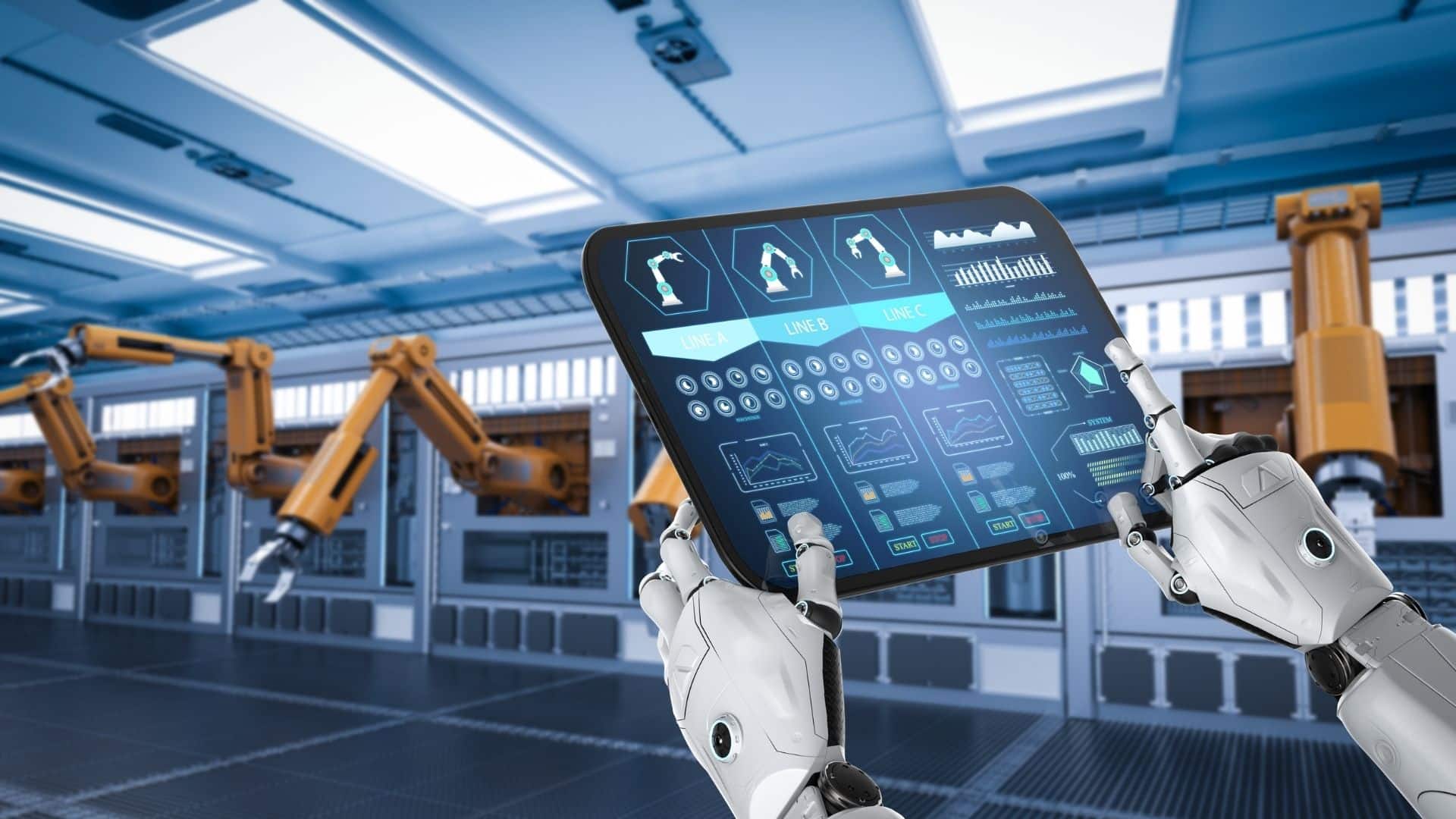What is Condition Monitoring?
Ensuring machines and equipment run smoothly is a constant challenge. This challenge becomes more manageable with a practice called Condition Monitoring. Condition Monitoring is not just another process; it’s a smart way to understand…


